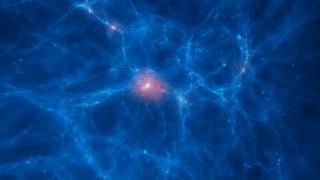Patricia Fernández de Lis is the Editor in Chief of the Science and Technology section of El País, due to an agreement reached by this outstanding newspaper with Materia, the science information website created by the team which runs Science section of Público when the printed version of that newspaper had closed down. She will be one of the speakers in “100Xciencia” a forum where journalists and scientists will be able to debate about the role of the popularization of science.
Advertised on

